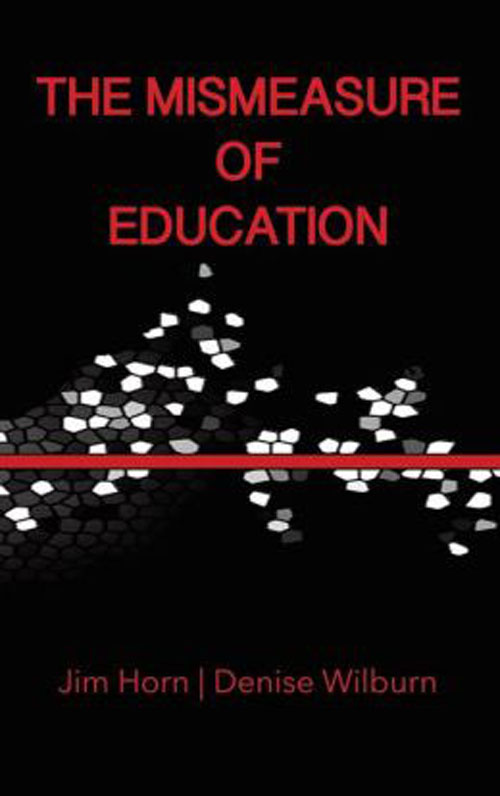From ESEA to ESSA: The Hole Gets Deeper

Beginning with ESEA, unequal student achievement became the proxy for deep inequalities that go all the way back to slavery, but instead of addressing the resulting poverty that is always mirrored in test scores, Lyndon Johnson and the Congress chose to travel the low and easy political road of pretending to fix schools, which quickly turned into a blame game that got everyone outside of schools off the hook for a deep and unacknowledged societal shame that was unequaled in the Western world.
Now fifty years later nothing has changed except that American businessmen have turned five decades of inept schooling interventions into an education industry that generates major revenue streams worth billions of dollars, which effectively cut channels that direct the flow of our society's children based on the whims of capitalists without conscience.
The recent passage of the reauthorization of ESEA shows that education reform has become much like the permanent "war on terror:" never-ending, misdirected, and arrogantly uninterested in the long term outcomes. The shame of the nation, as Kozol called our great moral failing, just got more shameful.
Background reading below from The Mismeasure of Education, which offers an explication of the educational events of the 1960s.
The Modern Testing Era Begins
As noted earlier, education has not always been the chosen road to opportunity and upward mobility. The case had to be made, and the solution had to be sold, and James Conant was instrumental toward establishing education as the means to that end. Between the New Deal and the early 1960s, policy makers at the national level consciously chose to focus efforts to establish social and economic equity through increasing access to education (Kantor & Lowe, 1994), rather than the more expensive and politically unpopular route of wealth redistribution, job creation, guaranteed minimum income levels, and programs to disrupt segregated Schools Matter: From ESEA to ESSA: The Hole Gets Deeper:

